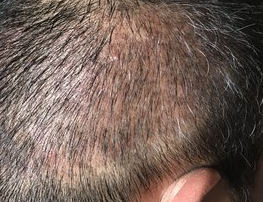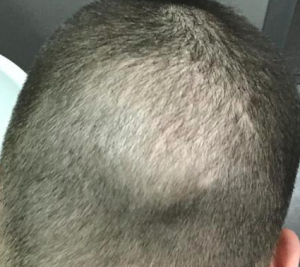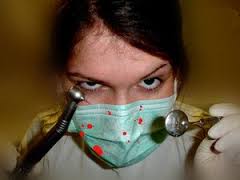Dr. Rassman
First of all I just wanted to say what a great blog you guys have!
I’m a 29 year old male with a thick head of hair and have been to the dermatologist recently and he said I have no signs of male pattern baldness but maybe going into a mature hair. I did the wrinkle brow test, but honestly my hairline even in old pictures when I was little was never really near my highest crease. How can you measure a mature hairline other than wrinkle brow? Because like I said my hairline never was like that even when I was seven years old.
I also notice that on top of my head I get hairs that are short and look thinner if I pull them out and the rest of my hairs are thick and coarse but all over my hairs seem to have different degrees and the dermatologist told me this was totally normal but I just wanted to ask you if it is? The lady that cuts my hair since I was twelve thought I was crazy when I ask her this, because she told me that she also has hairs that are thinner and thicker all over the hair and everyone does do to different hair cycles and its nothing to worry about. I do have a little OCD so I might be obsessing about something that’s totally normal.
I know the hair bulk test that you guys do is good and I told this to the lady that cuts my hair and she said if I really wanted to buy the Haircheck device that she would do it for me if I was worried and to ease my mind. I saw the video of the guy getting it done on my computer from the HairCheck website. In the video I notice they measured his hair in the middle and wanted to know if you can measure it at the hairline instead? Would the density in the front of the hairline be a little different than the back (donor area) even for a person with no signs of balding (MPB)? Do you always have to measure in the center or can you measure the left and right side head? Is measuring in the center the only way to do this bulk measurement test more accurately? Is there also a normal amount for a non balding person that the hair in front can be a little different than the hair in the back (donor hair) like percentage wise which would be consider normal?
Thanks for your time and hope to hear back from you soon! Sorry so long also You can publish this if you like too.
Movement of the hairline to the mature position is common by your age. Measuring the mature hairline using the wrinkled brow is really more of a loose “rule”. I’ve written about that here.
Hair cycling is normal as your follicles go through different phases of growth (anagen, catagen, and telogen), so yes, your dermatologist was correct that it is normal to have some hairs with different degrees of thickness depending on where it is in the growth process. If you want to know if you are balding just behind the frontal hairline, the HairCheck is good to give a number to compare one part of the scalp to the next. You can measure at the hairline, but you should make measurements in multiple parts of the scalp.


 If you are worried about hormones in your milk, you can start with organic food stores and inquire about where they get their milk. I believe you are the same reader that sent me the earlier posted email about how steroids in milk (when used) get broken down by the acid in the stomach so it does not get absorbed into the body (see
If you are worried about hormones in your milk, you can start with organic food stores and inquire about where they get their milk. I believe you are the same reader that sent me the earlier posted email about how steroids in milk (when used) get broken down by the acid in the stomach so it does not get absorbed into the body (see 
